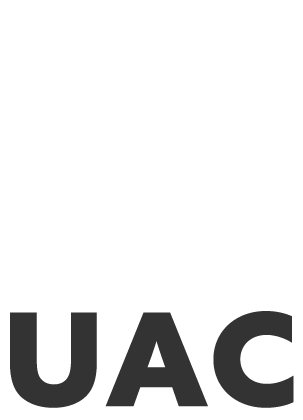project overview
Legacies | Chickasaw Heritage Park
Vinnie Bagwell's sculpture at Chickasaw Heritage Park provides future generations a glimpse of some of the rich history that revolves around the Chickasaw Native Americans, African Americans, and Hispanic Americans in Memphis. The figure represented is a Native-American woman, standing six-feet tall in quiet repose, wrapping herself in a cloak made of “skins” against the changing climate.
“History is the memory of a people... We don’t only make history; we are made by history. The Artwork is titled: ‘Legacies’”
Bas-relief images rise out the hem of the garment. An African woman and child on the front right represent the emancipated enslaved Africans freed by the peace treaty with the Chickasaw Native Americans in 1866. It also included the provision that the US Government provide the Native Americans with full citizenship in the nation. These people became known as Chickasaw Freedmen Source. On the sculpture's backside, Hernando De Soto (on horseback, behind the Native-American man), the Spanish explorer is depicted. He was the first European in contact with the Chickasaw in 1540. Also included is an African-American man playing the guitar (representing the multitudes of blues musicians) and William Christopher Handy, declared “The Father of the Blues” 100 years ago. Braille on the drape reads "Legacies."
Bagwell wanted the sculpture to encapsulate the legacies of many ethnic groups and peoples and remind viewers who were the original owners of the land they stand upon.
About the Artist
Vinnie Bagwell
Vinnie Bagwell was born in Yonkers, New York and grew up in the Town of Greenburgh in Westchester County. She has the rare ability to cross over between illustration, graphic design, painting, and sculpture. Her portraits display immense spirit and verisimilitude and have souls that grandly speak for themselves. She has powers of observation and an innate understanding of proportion.
Currently, Bagwell is leading the conception and development of “The Enslaved Africans’ Rain Garden”–a multi-million-dollar, urban-heritage, public-art project for the City of Yonkers, New York, to commemorate the legacy of the first enslaved Africans to be manumitted by law in the United States, 76 years before the Emancipation Proclamation.
Bagwell is passionate about her work and takes responsibility for outreach efforts to engage the community. Her experience includes hosting community forums, historical symposiums, artist talks, and workshops; curating exhibitions; creating websites, and managing social media platforms to enable community participation and the exchange of ideas worldwide. Such activity enables her to engage viewers who may not normally have the opportunity to see the daily creation of sculpture and public art. Bagwell continues to pursue public art and funding streams to realize her vision for the Enslaved Africans’ Rain Garden.








